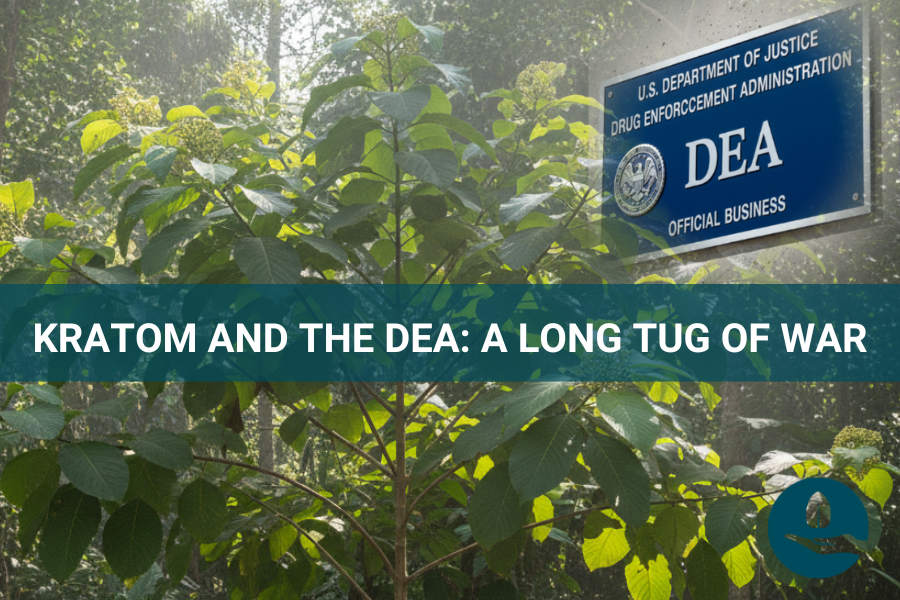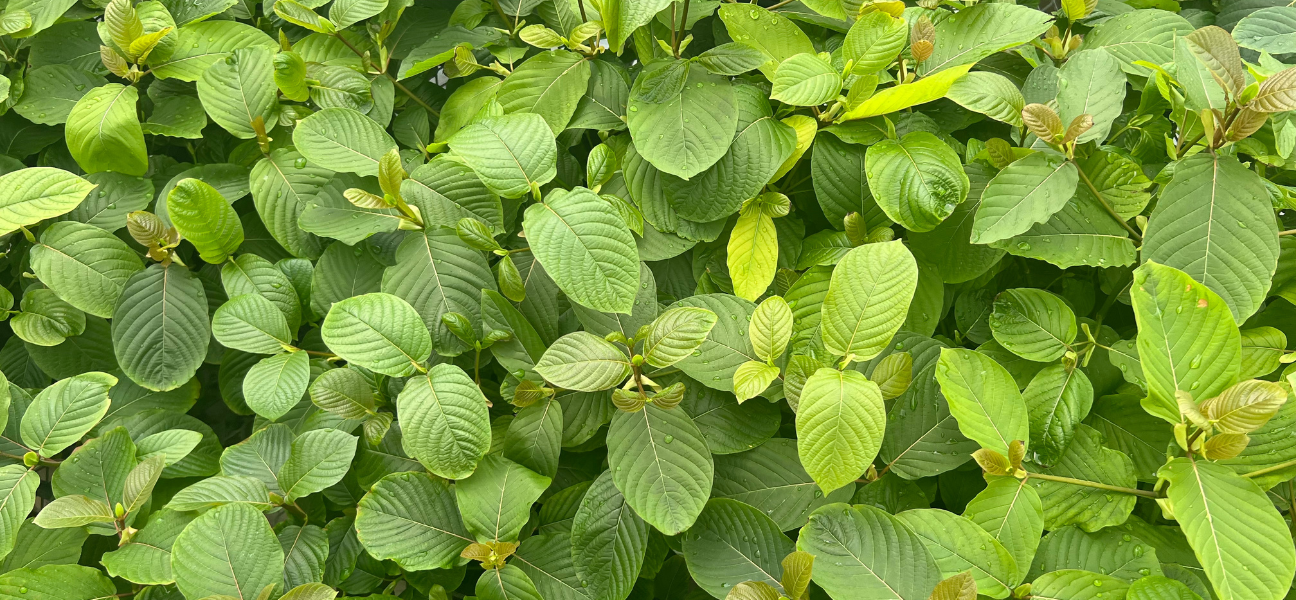Kratom and the DEA: A Long Tug of War

For nearly a decade, kratom has been at the center of a legal tug-of-war between federal agencies and the community of kratom users who depend on it. The plant’s naturally occurring alkaloids mitragynine and 7-hydroxymitragynine (7-OH) are the reasons for both its potential and for some life-altering benefits and its controversy.
Kratom’s legal status has been anything but settled. For years, the DEA and kratom supporters have been locked in a tug-of-war over the plant and its naturally-occurring and active alkaloids. From a failed 2016 ban to a renewed push in 2025, the debate highlights deep disagreements about kratom’s risks and benefits. Here’s what you need to know about the clash and how we got to today.
The 2016 Clash
In 2016, the Drug Enforcement Agency (DEA) tried to fast-track kratom’s active alkaloids into Schedule I, the strictest drug category reserved for substances like heroin. The agency cited rising poison control and overdose calls and seizures of kratom products. However, kratom advocates and kratom users fought back hard with petitions, rallies, and even successfully secured pressure from Congress to come in. Shockingly, the DEA backed down and in an extremely rare reversal requested a scientific review instead.
The 2025 Revival
Fast forward to 2025: the DEA is back at it, but this time with a narrower target. The Food and Drug Administration (FDA) has asked the agency to schedule synthetic or concentrated 7-OH, found in certain products like gummies and extract products. Officials stress they’re not going after the natural kratom leaf itself just synthetic kratom products, highly concentrated ones, and the ones that mirror opioids. Still, the DEA’s final decision is pending, and once again, the public has a chance to weigh with rallies, personal stories, petitions, etc.
Why the Conflict?
At its core, this struggle is about competing views:
-
Kratom Supporters point to kratom’s potential for pain relief and as an alternative to dangerous opioids.
-
Agencies warn about risks like addiction, liver toxicity, seizures, and the dangers of concentrated extracts.
-
The law remains inconsistent, with some states banning kratom and others allowing it freely.
- Education and scientific research are still lacking.
What Comes Next?
Until the DEA makes a final ruling, kratom’s federal status stays in limbo, leaving states to decide its future. For now, the tug-of-war continues, and the voices of everyday kratom users remain a key factor in shaping what happens next. Please do NOT stay quiet.
Let us know how kratom has helped you or someone you know so we can help others learn from your experience.
SHARE YOUR STORY: https://www.advocatestory.org/share


















Leave a comment